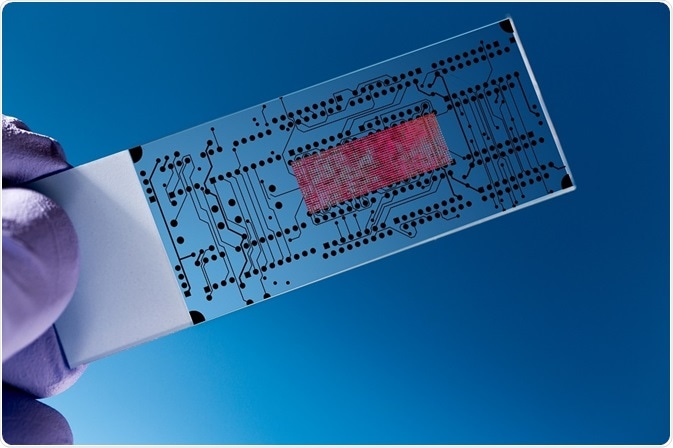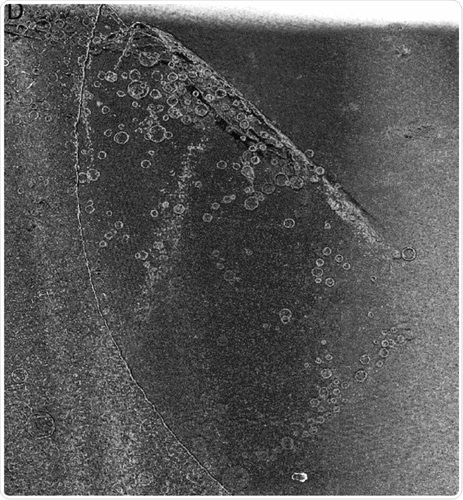
Biosensors - Modifying Graphene to be Blood Compatible

Shutterstock | science photo
Graphene has the potential to be used in numerous applications including biomedical. The most fascinating property of graphene for biomedical use has been its large surface-to-volume ratio and the ability to functionalize the material, such as with pharmaceuticals for intravenous drug delivery.
Graphene Oxide
As graphene itself is hydrophobic, it is unstable in aqueous solutions, making it incompatible with intravenous use. However, graphene oxide (GO) is stable in solution and has been the preferred material for graphene-based biomedical applications.
While intravenous use of GO puts it in direct contact with red blood cells (RBCs), GO’s blood compatibility has currently become a topic of research. Now, a research team with members from several centers in Spain has carried out systematic tests of the blood compatibility of GO, demonstrating that although GO does interact strongly with RBCs and causes hemolysis, hemolysis is reduced when GO is previously coated with lipid membranes.

Image 1. Tomogram of graphene oxide sheet incubated with lipids.
The research paper, which was recently published in Langmuir, first shows that GO interacts with lipid membranes, similar to those that coat the outer side of all cells in living organisms. GO adheres to the membranes with an efficacy that can be controlled with the solution’s salinity. It was further demonstrated that GO ruptures vesicles that have aqueous contents and a lipid membrane, which represents a model living cell.
The same is shown for interaction with real RBCs. Therefore, the scientists demonstrated that GO reacts with blood cells and ruptures them. However, when GO is mixed with lipid membranes before interaction with RBCs, the damaging action of GO is almost completely suppressed.
Graphene Oxide for Biomedical Applications
The discovery leads to the conclusion that GO can be used in biomedical applications, if it is coated with a protective lipid layer.
This discovery is in agreement with previous work that showed a reduction in hemolytic activity of GO when it is coated with bovine serum albumin, chitosan or heparin coatings.
About Graphenea
Graphenea is a leading graphene producer for industrial and research needs. Graphenea has developed a leading synthesis and transfer process to obtain high uniformity monolayer graphene films on any substrate.
Specialties
CVD Graphene films, Graphene Oxide
Sponsored Content Policy: News-Medical.net publishes articles and related content that may be derived from sources where we have existing commercial relationships, provided such content adds value to the core editorial ethos of News-Medical.Net which is to educate and inform site visitors interested in medical research, science, medical devices and treatments.
Last updated: Sep 7, 2018 at 10:05 AM






















.png)











No hay comentarios:
Publicar un comentario